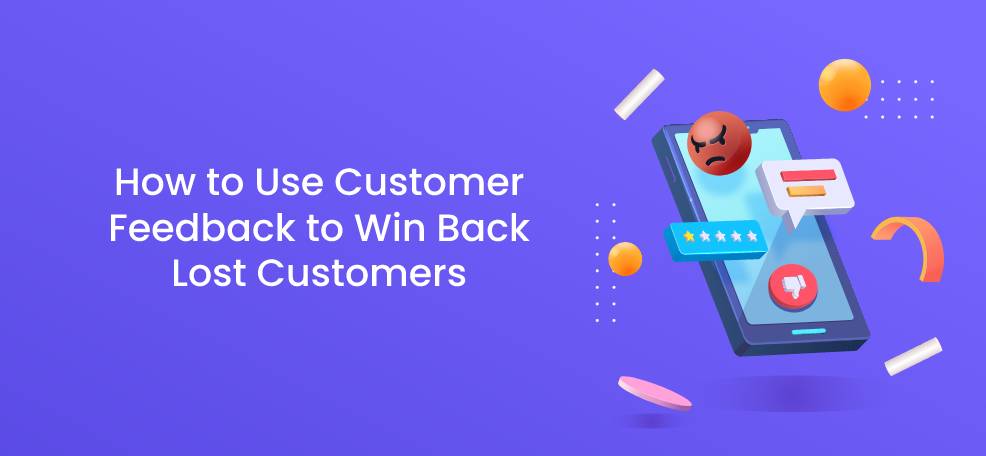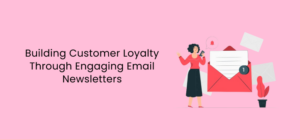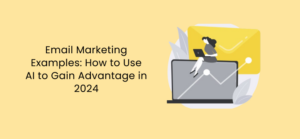Customer churn is an unwelcome reality of any business, B2C or B2B.
However, even if customers adore your product or service, there’s no guarantee they’ll stick around indefinitely.
Customers may leave for various reasons, including price differences, unresolved complaints, poor service, competitors offering better value, etc. Reactivating former customers with the right customer retention strategies in place can significantly boost your bottom line.
By using Customer Feedback, you can gather real insights about your customers that will help you retain them and bring back the lost customers.
What is Customer Feedback, and Why is it important?
Customer feedback is information provided by customers regarding whether they are satisfied or dissatisfied with a product or service and their overall experience with a company.
Customer feedback can help you improve the customer experience and tailor your actions to their needs.
Various types of surveys like survey pop ups are used to collect this information (prompted feedback).
Here are reasons why customer feedback is essential:
- Customer feedback aids in the improvement of products and services.
- Customer feedback enables you to assess customer satisfaction.
- Collecting customer feedback demonstrates that you value their opinions.
- Customer feedback assists you in providing the best possible customer experience.
- Customer feedback aids in increasing customer retention.
Why is Customer churn bad for your business?
You may wonder, “Why to bother putting in all the effort to retain customers when I can just get new ones?” Doesn’t it all come together in the end? Not completely.
It has been demonstrated that increasing customer retention rates by 5% can increase profits by 25% to 95%. It is easier, cheaper, and safer to focus on retaining existing customers rather than constantly investing in attracting new ones.
For starters, customer churn is even more expensive.
Getting a new customer is five times more costly than keeping an existing one. However, it costs not only money but also time, effort, and resources.
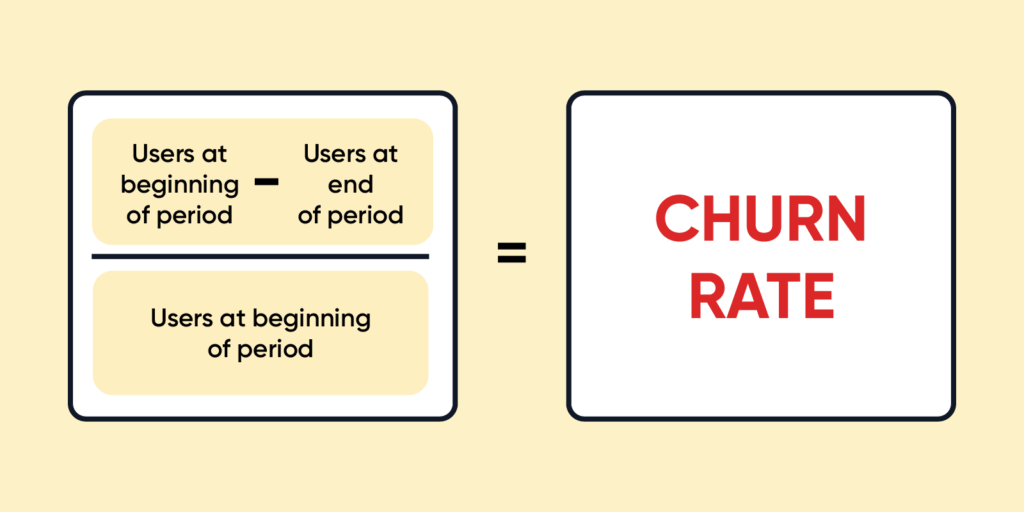
Returning customers are loyal to your brand, which means they are more willing to invest more in products and services continually. It also benefits your overall reputation: pleased customers are likely to recommend your company and leave positive reviews.
On the other hand, unsatisfied customers may spread negative word of mouth or reviews. So, it is necessary to work on Customer Feedback and close the feedback loop.
Customers who stay with you demonstrate their overall satisfaction and brand loyalty.
On the other hand, customers leaving can provide you with information about the negative factors that caused them to churn. This information will be useful in retaining customers.
Let’s explore some common reasons for customer churn.
Reasons For Customer Churn
Before you focus on getting your customers back, you need first to know why customers churn.
Here are the top four reasons customers churn:
- Bad customer service
- Not enough value
- Poor quality communications
- No brand loyalty
Ways to Win Back Lost Customers
We have created a list of measures to try. After all, churn does not always imply that the business relationship has failed. Instead, it can be considered temporarily inactive. You are essentially extending the customer journey.
1. Learn why they left in the first place.
The first and the most critical step is determining why your customers stopped purchasing from you.
Getting to the bottom of problems will help you choose the best course of action and whether or not each of the customers can be re-engaged. It gets easily accomplished by soliciting customer feedback via surveys.
For instance, your customer loss survey could include questions such as:
- What made you decide to become our customer?
- What was your favorite aspect of working with our brand/product/service?
- What made you decide to leave our company?
- Which brand have you chosen to serve you?
- What prompted you to select our competitor?
- What can we do to reclaim your trust?
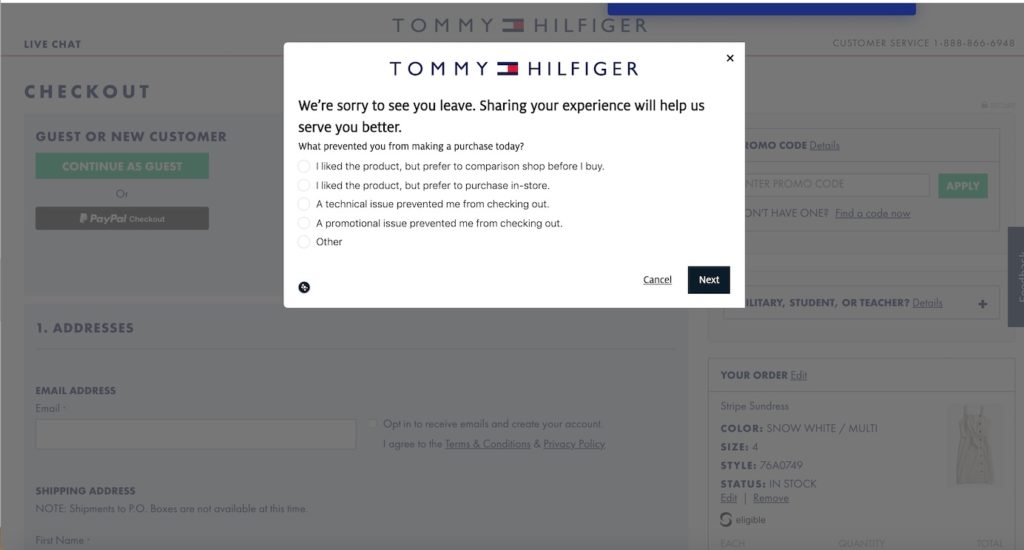
Even if a particular customer isn’t worth attempting to win back, these surveys can provide valuable insights into where your company, product, or service failed to meet customer expectations and how you can retain other customers.
For example, if you discover that most of those who left did so because your product is missing some critical features for your target audience, you may want to reconsider your product roadmap.
2. Determine who is more likely to return.
Trying to re-engage every lapsed Customer may waste your time, marketing budget, and human resources.
Instead, be selective and select only those who are more likely to return based on previous behavior and data from your customer loss survey.
Certain types of customers are naturally more likely to return than others.
These are customers who:
- Were recommended by their friends and family to try your product or service.
- Filed no complaints in the past
- Had complaints that were resolved successfully (a customer left satisfied).
- Canceled due to additional charges (like delivery charges) rather than poor customer service.
Similarly, customers who left due to high prices and an unsatisfactory experience are the least likely to return to your company.
It also makes sense to consider the lifetime value of lost customers and prioritize those who have purchased more in the past. You can review previous transactions to obtain this information with contract lifecycle management software or a similar contract database.
3. Regaining customers through social media.
Using a social media campaign, address common complaints. For instance, customers are irritated by rising prices or the disappearance of a menu item.
Use their feedback from social media surveys to make changes and re-engage customers. You can also launch a customer appreciation day with a special coupon, or hold a contest where customers vote for one menu item that will be brought back.
Tim Hortons, a popular coffee chain, launched a “Bring it Back Campaign in its Canadian market.” The company gave social fans a list of five past-time treats and asked the audience to choose one to bring back.
Fans began leaving comments with the hashtag #TimsBringitBack on all of the company’s social media platforms.
Here’s one of the example:
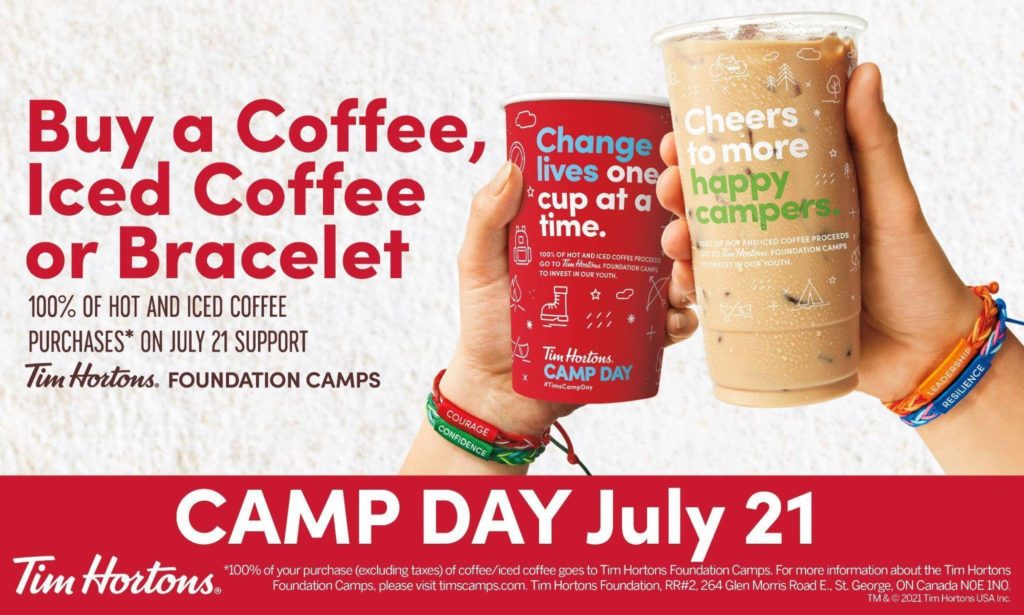
4. Contact customers before they leave.
The most efficient and cost-effective method of regaining lost customers is to prevent them from leaving in the first place.
Rather than contacting former customers after they have left, you can identify at-risk customers those about to churn.
For website owners, the most popular strategy is to use exit intent technology. It allows you to show engaging discount pop ups to customers when they leave the frame of your site without buying anything.
Good read: 9 Exit Intent Popup Ideas For Abandoning Customers
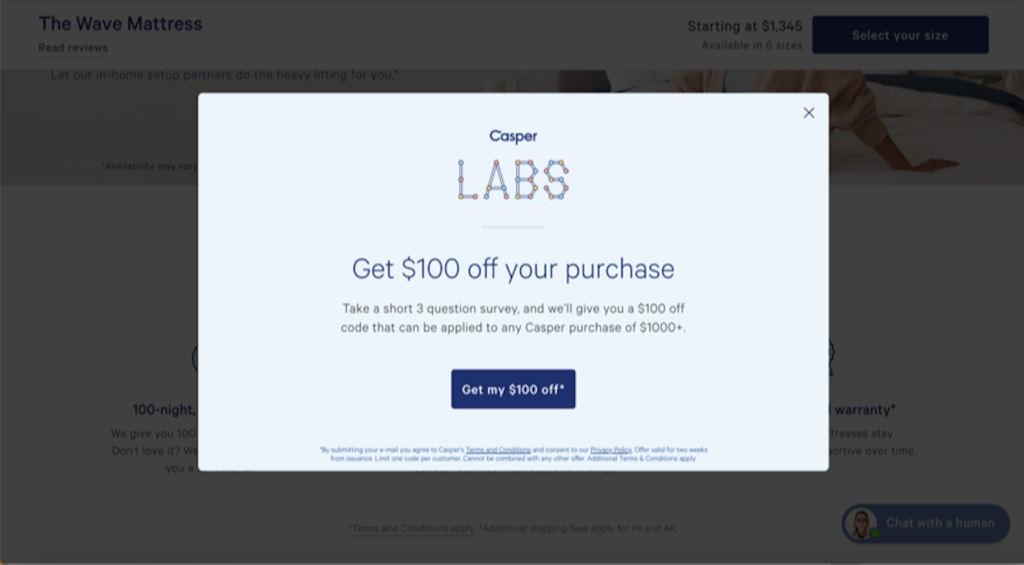
For some, it’s as simple as keeping track of how long it’s been since they opened your emails.
You can then create a series of re-engagement emails in which you remind them of the value they received from your product or service. It will help to reduce customer churn in the long run.
Moreover, you can identify at-risk customers with the help of effective Customer Feedback Software.
You should apologize to such customers, ask them where things went wrong, take instant action on the feedback, inform them about your actions, and close the feedback loop. This can win back your customers with greater loyalty.
5. Continue to pay attention to them.
Understanding why a customer chose to purchase your product or service in the first place is always an excellent way to begin.
What was it that persuaded them? It is one of the reasons why it is advantageous to have access to survey data collected at each stage of the customer lifecycle. It aids in gathering information such as satisfaction with product features, price, and customer service.
Poor customer service is one of the top reasons for customers leaving in 89 percent of cases. It emphasizes the importance of excellent customer service. However, it is far more extensive than we anticipated.
A completed transaction does not allow a company to rest on its laurels. After all, this is only the beginning of the journey.
Appointing a capable support team is critical for customer engagement. Businesses that recognize the significance of this frequently rename their customer service center to “customer success center.”
6. Give lost customers a reason to return.
Give customers a reason to return if they have strayed. Nothing entices people to buy like a good deal, so consider offering a special popup discount to inactive customers.
You can send this campaign to inactive customers directly. Because you’re segmenting your audience, you can tailor your message to this specific group.
Send a promotion, such as “We Miss You,” via text message or email. Come in this week and get 25% off your entire order.”
Use phrases that are relevant to this market, such as:
- I haven’t seen you in a long time.
- Don’t be a stranger to anyone.
- Let’s get caught up.
- Do you remember us?
- Please return.
- We need you back.
- Return to receive [details about the promotion]
Conclusion
Lost customers might represent a more excellent value for your business than cold prospects, since they were engaged with your brand, and it’s cheaper and easier too to sell them.
But just like cold leads, some of them are worth more than others. You should focus on re-engagement marketing efforts.
Once the customer segments are defined, you can customize your win-back marketing campaigns to get in contact with the lost customers with the most relevant offers and personalized incentives based on the reasons for their leaving and their needs.
Author Bio: Sonika Aggarwal is an experienced Content Marketer and Digital Strategist. With 5+ years of experience in the SaaS Industry, covering customer experience, customer satisfaction, customer satisfaction, and NPS.
